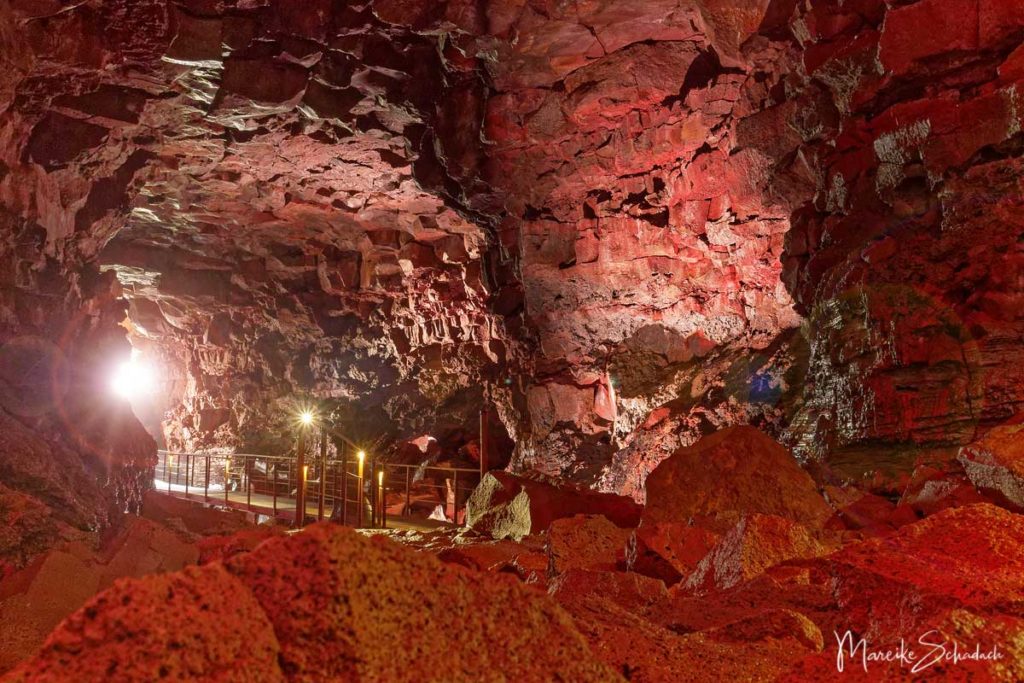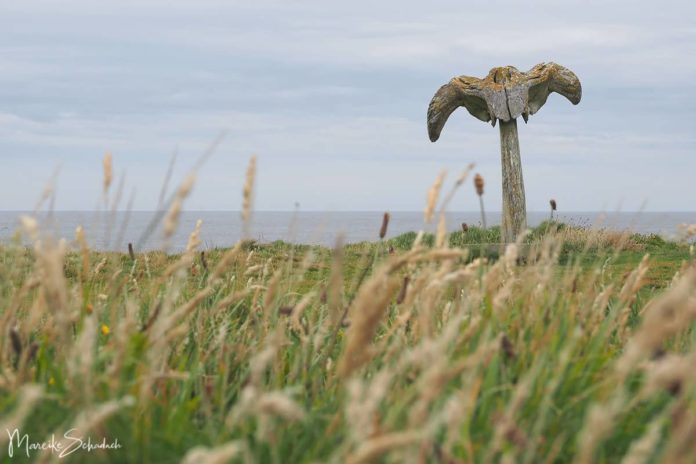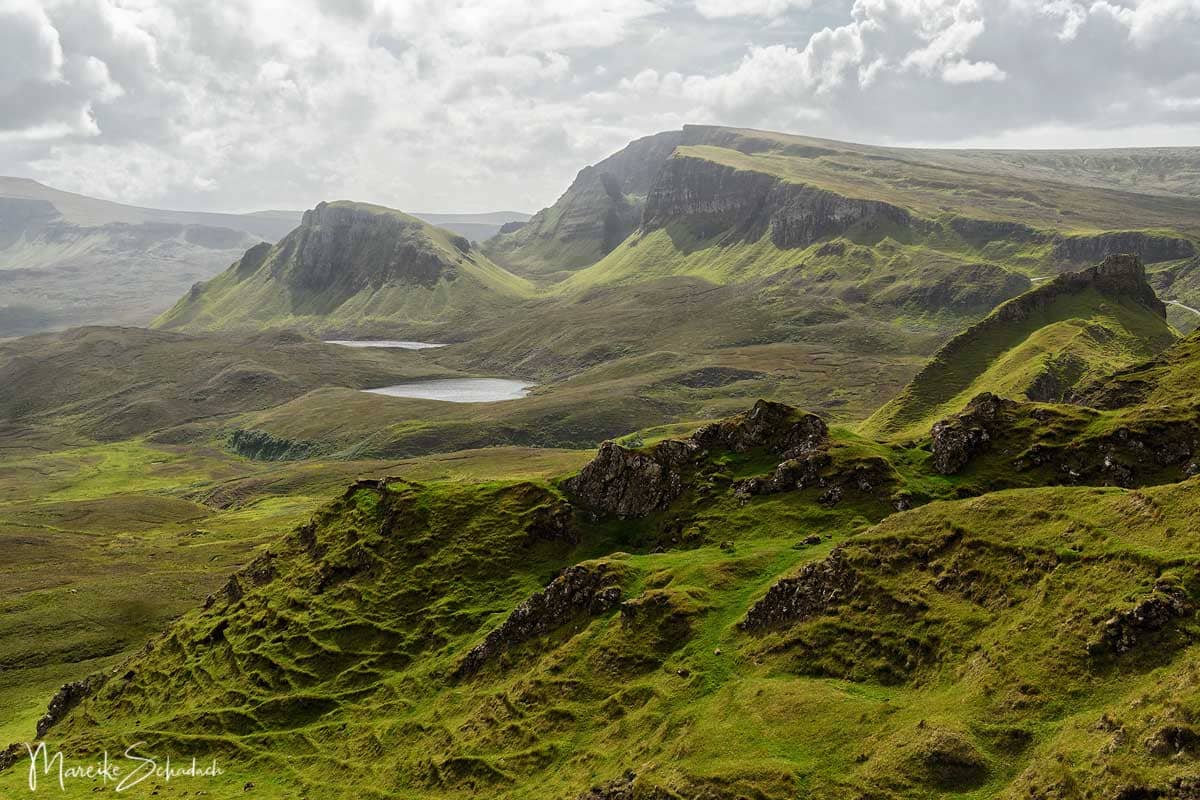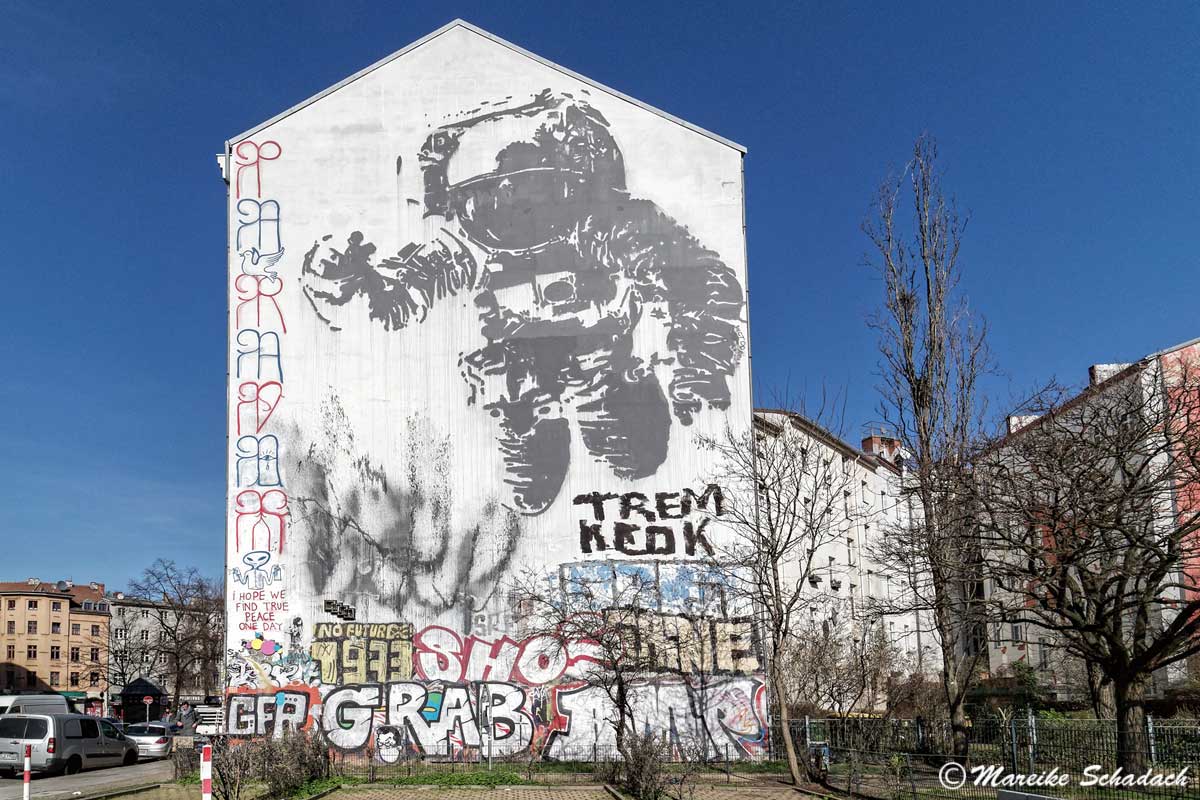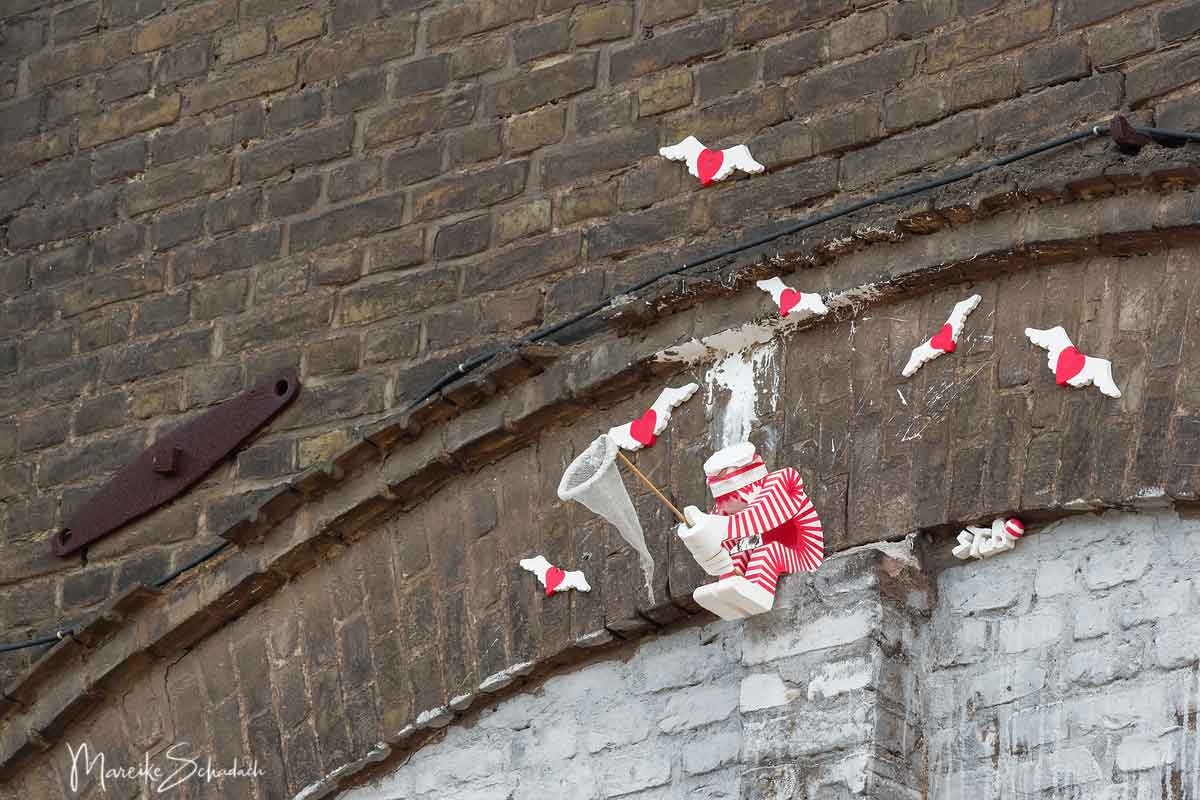Scotland. It looks like an owl sitting on a wooden pole. The owl is just spreading its wings and wants to fly away. But when one gets closer, one realizes that the owl is a big bone. The pole is also a bone. Two huge whale bones are stuck together to form a strange sculpture. How did the bones get here? And for what purpose was the whalebone sculpture built here on the Orkneys?
Unassigned, unpaid advertising. The article contains affiliate links.
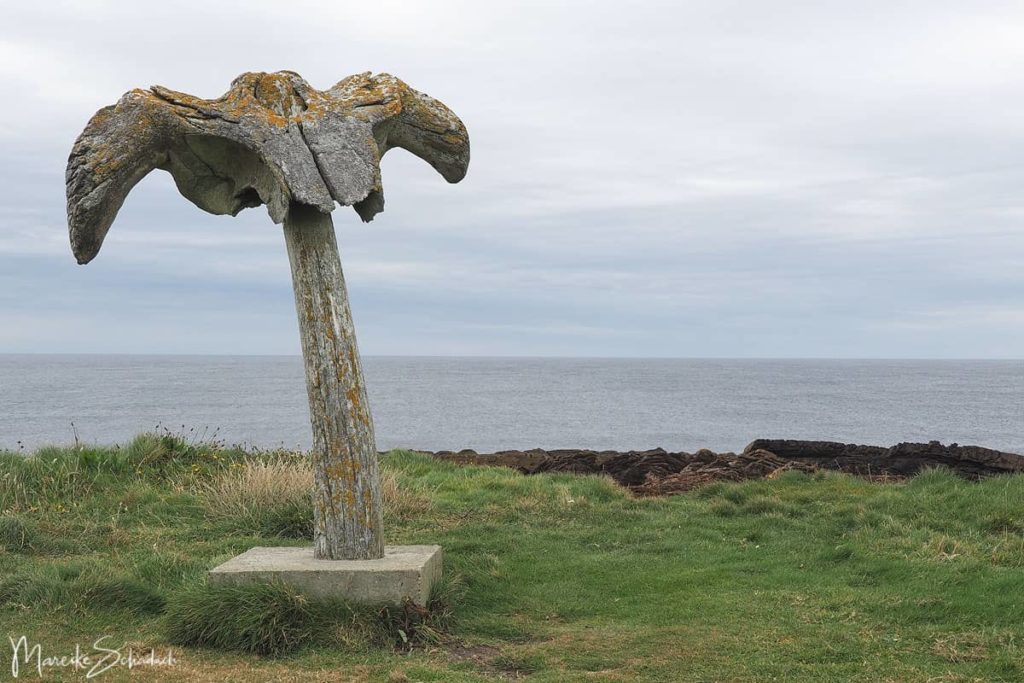
A Gift of the Gods
Today it is a tragedy - but back then it was a gift from the gods. In 1876 a huge right whale washed up on the coast near Northside, Birsay. It is assumed that it was already dead. Whale products were extremely valuable at that time. Normally a specialized company took care of the complete exploitation of the carcasses. The blubber was processed into oil and the bones into fertilizer. But things went differently with the right whale from Birsay.
The local men wanted to recycle the animal themselves - alone. And thus make more profit, because the sale of whale oil was very worthwhile at that time. They bought the whale and began to cut up the carcass and process blubber and bones. The first half was done. Now it was the other side's turn, the whale had to be flipped. But the villagers had neither the manpower nor the equipment to accomplish this turn-around. What a disappointment! But at least the men from Northside got away without financial losses. Finally, half of the whale lay on the beach and decayed. It is said to have taken about 25 years to decompose the remaining carcass and wash away the bones.
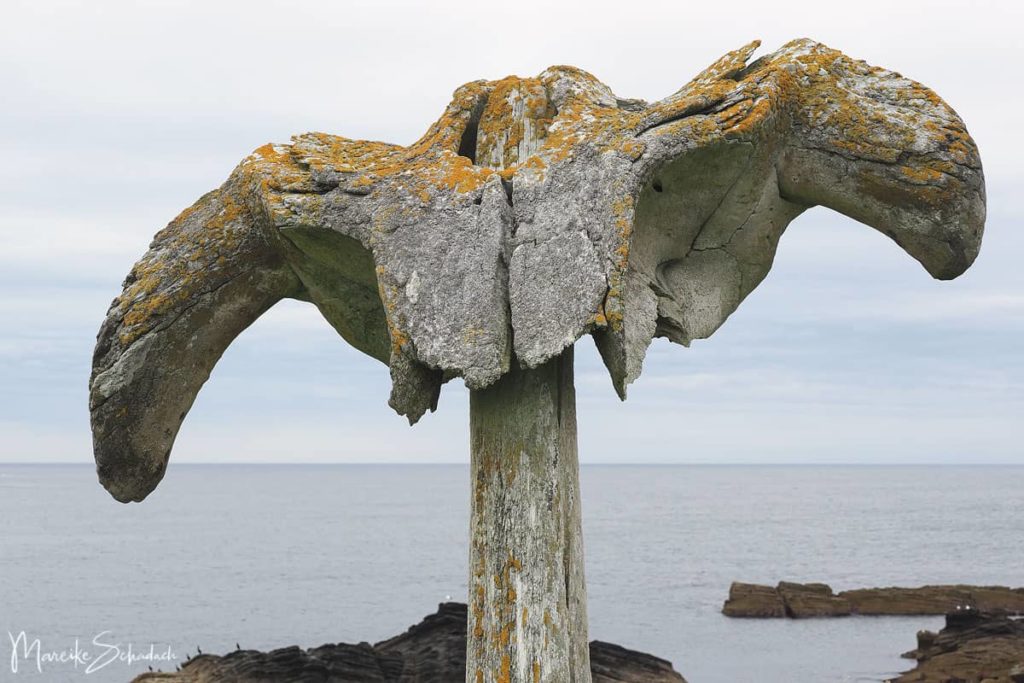
The Secret of the Whalebone Sculpture
But not all bones disappeared in the sea. It was common practice at that time for the Orcadians to make all kinds of practical and decorative objects from whale bones. For example, a whirl of the whale was used as a milking stool. From a jawbone and the back of the skull, the whalebone sculpture was created, probably the most enigmatic sculpture of the Orkneys. The about 2-meter-high structure can be seen from afar from the sea and from land. It is assumed that the sculpture was erected between 1880 and 1890. However, it is still unclear who did this. What purpose did this structure serve? Were the Orcadians superstitious and built a monument for the dead whale? Or did the erected bones perhaps served as a landmark for the fishermen? It remains a mystery.
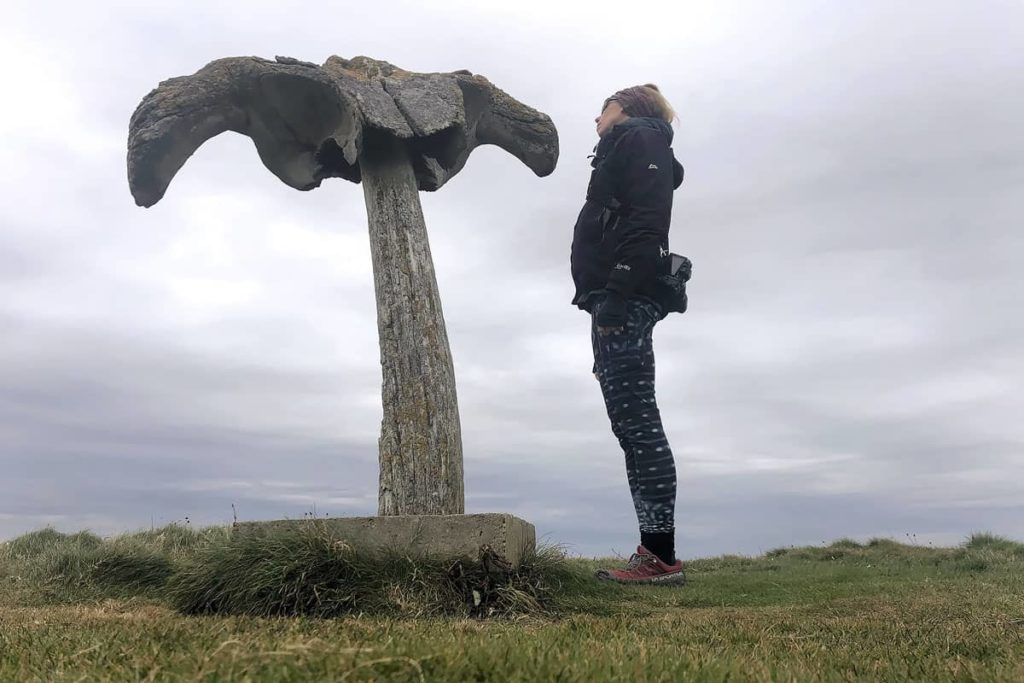
Wind and weather as well as climbing children have left their marks on the Whalbone sculpture. Therefore, the Birsay Heritage Trust repaired the sculpture in 1997 and stabilized the bones. In January 2008, however, the whale bones were torn down by a storm. But even then the Birsay Heritage Trust was able to save the sculpture. Now a metal rod strengthens the jawbone and a concrete foundation also ensures a stable stand. This time a bit further away from the cliffs. Hopefully for many more years to come!
Whaling in Scotland
First evidence of whaling in Scotland was found in Bronze Age settlements. There whale bones were used for construction and decoration. Commercial whaling then began in the Middle Ages. In the 1750s whaling was carried out in most Scottish ports. Starting in the 1770s, whaling fleets headed for the Davis Strait and hired crew members in Stromness. There was also a whale processing factory on the Orkneys. But from the beginning of the 20th century the whaling industry declined. In 1963, the last whaling company finally sold its ships, ending whaling in Scotland.
What are right whales?
What are right whales?
On the basis of the jaw-bone, one recognizes that the whale of Birsay was a baleen whale. These feed on plankton in contrast to toothed whales. Instead of the teeth, the baleen whales have long horn-plates in the upper jaw, the so-called baleens. With these they filter the plankton from the water. Baleen whales were popular with whalers because they were large and rich in blubber. They also swam slowly and did not sink after being killed. Baleen whales are divided into three families: Right whales, gray whales and furrow whales. The approximately 15 to 20 meters long right whales were decimated by hunting the most severely from all whales.
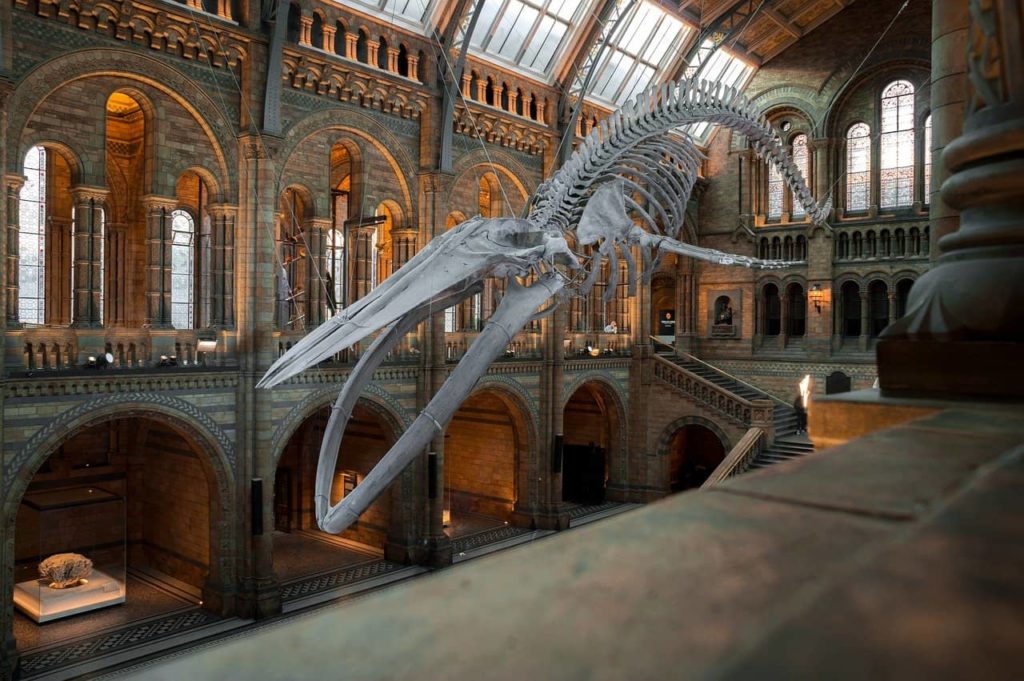
Walk to the Whalebone Sculpture of the Orkneys
The Whalebone sculpture is located in the northwest of the main island of the Orkneys. You drive to the headland near Birsay, where you will find a park and picnic area. Most people come here to visit Birsay Tidal Island and the Brough of Birsay. To get to the sculpture, however, you will walk in the opposite direction along the “Skiba Geo Pfad” entlang.
The Skiba Geo Path runs along one of the most beautiful coasts of the Orkneys.If you are lucky you can even see seals on the rocks. About halfway you will pass a restored 19th century fishing cottage. At the bottom of the cliff there are boat-shaped depressions called "nousts". This is where the fishermen used to pull their boats to the shore for protection and to store them during the winter.
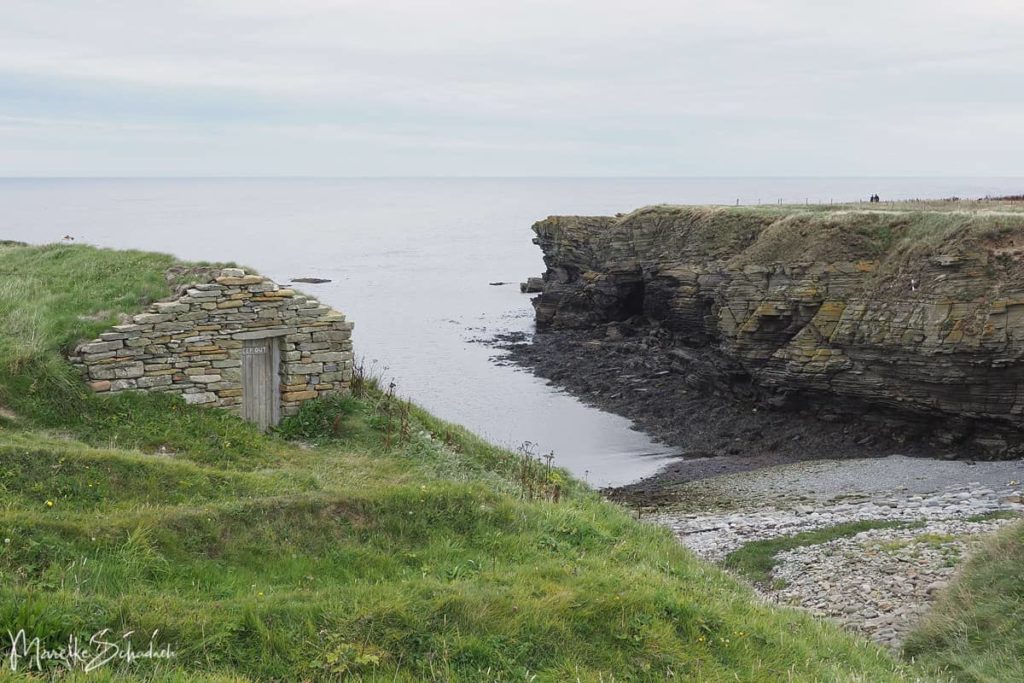
Book Recommendations for Scotland
You want to know where the journey goes? Then I recommend the following travel guides, which have proven themselves on my trip:
Do you know the whalebone sculpture on the Orkneys? It's a peculiar, mystical thing, right? Write me a comment and tell me how you liked it!
Do you want to know when there are new articles on my blog? Then follow me on Facebook, Pinterest or Instagram. I would also be very happy if you share my article with your friends.
Recommendations for further Reading
You can find even more mystical places on Iceland: I would like to show you two of them. The first one is the colorful Lava Tunnel Raufarhólshellir and the second one is a Colony of Cairns.. Schaut mal rein.
